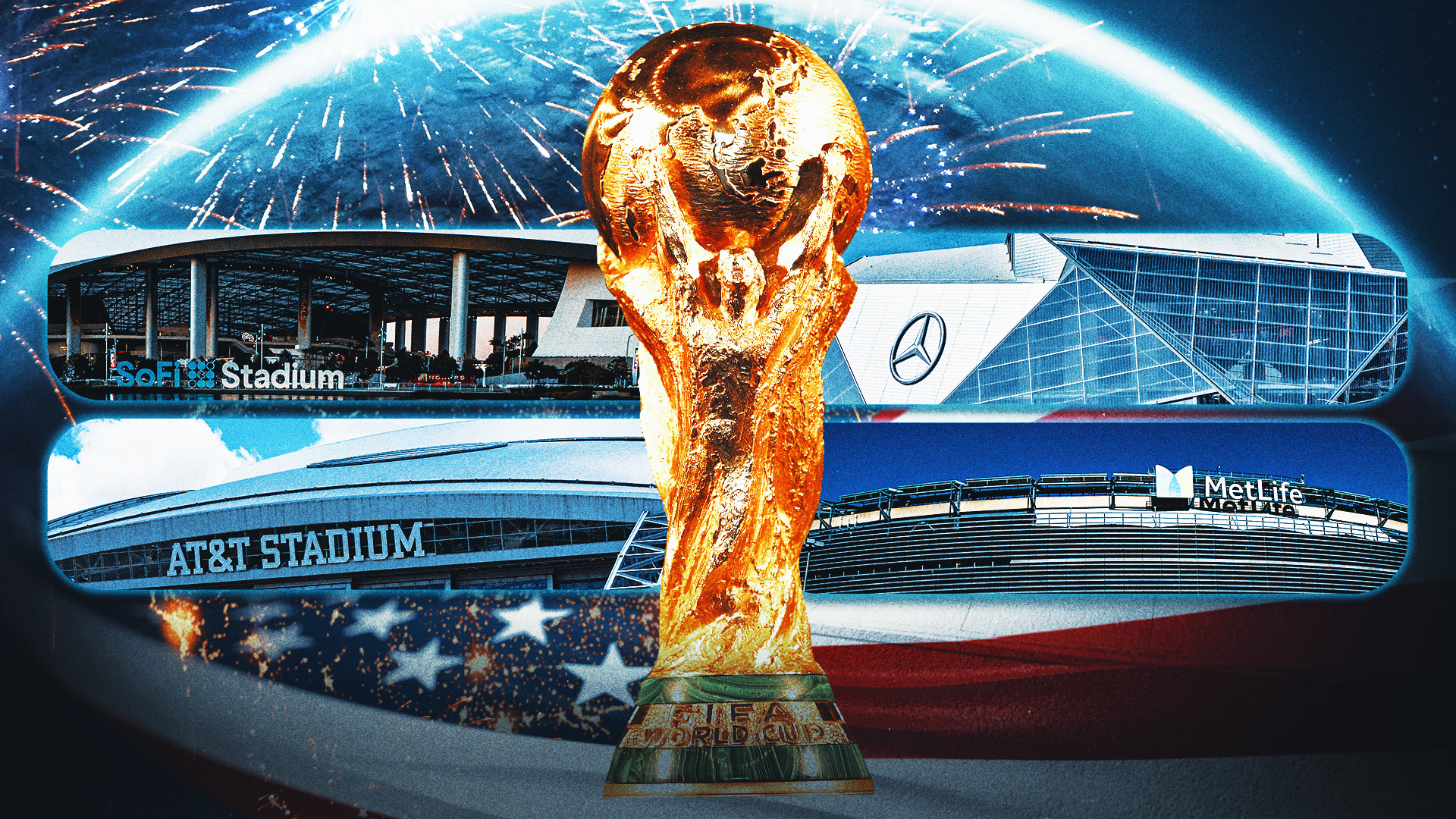

The 2026 FIFA World Cup, set to be co-hosted by the United States, Mexico, and Canada, is poised to be a monumental event, dwarfing even the Super Bowl in terms of scale and impact. With an expanded format featuring 48 teams and a staggering 104 matches, the tournament promises to break records, generate billions in revenue, and captivate a global audience of over 5 million in person and billions more on screen.
One of the most significant aspects of the 2026 World Cup is its projected economic impact. Studies estimate that the tournament could generate over $47 billion in gross output across the host countries, with the United States alone potentially seeing $17.2 billion added to its GDP. This influx of economic activity is expected to support hundreds of thousands of jobs in various sectors, including hospitality, tourism, construction, and transportation. Host cities could see between $160 million to $620 million in incremental economic activity. For example, Dallas anticipates a $400 million economic impact and the creation of 3,000 jobs. Los Angeles expects $343 million in direct spending from approximately 179,200 out-of-town visitors.
The sheer number of fans expected to attend the matches is another indicator of the event's colossal size. FIFA projects over 6.5 million spectators across the three host countries. This massive influx of tourists will not only fill stadiums but also boost local economies through spending on accommodation, food, transportation, and entertainment. To accommodate this surge in visitors, host cities are preparing fan festivals and cultural celebrations to showcase North American hospitality. These fan zones will offer immersive, interactive experiences, featuring massive LED walls for live match viewing, AR/VR games, and dynamic light displays.
The 2026 World Cup will be held in 16 cities across North America: Atlanta, Boston, Dallas, Houston, Kansas City, Los Angeles, Miami, New York/New Jersey, Philadelphia, San Francisco Bay Area (Santa Clara), and Seattle in the United States; Guadalajara, Mexico City, and Monterrey in Mexico; and Toronto and Vancouver in Canada. The opening match is scheduled to take place in Mexico City's iconic Estadio Azteca, while the final will be held at MetLife Stadium in New Jersey. FIFA has confirmed that the 2026 World Cup final will have a half-time show, inspired by the NFL's Super Bowl, with Coldplay reportedly involved in putting together the event.
Beyond the economic and logistical considerations, the 2026 World Cup presents a unique opportunity to promote soccer in North America. With soccer's popularity rapidly increasing in the United States, the tournament is expected to further fuel interest in the sport, particularly among younger generations. A recent survey indicated that young fans are the most enthusiastic about the 2026 World Cup and are willing to pay a premium for tickets. The tournament is also expected to foster greater community engagement, with many players potentially staying back after the final to start clubs and camps for the youth.
However, the scale of the 2026 World Cup also presents significant challenges. Host cities must address issues such as transportation, security, and infrastructure to ensure a smooth and safe experience for fans and participants. Vancouver has increased its cost estimates to host seven matches to between $532 million and $624 million, due to developing plans around safety, security, and transportation. Concerns have also been raised about extreme heat in the United States, with some questioning whether the tournament should be moved to the winter. Recent incidents involving fans attempting to forcibly enter stadiums during the Copa America final in Miami have also sparked concerns about security preparedness for the World Cup.
Despite these challenges, the 2026 World Cup remains a highly anticipated event with the potential to leave a lasting legacy on North America. By embracing innovation, leveraging local culture, and prioritizing fan engagement, host cities can create a remarkable experience that showcases the best of what the region has to offer.